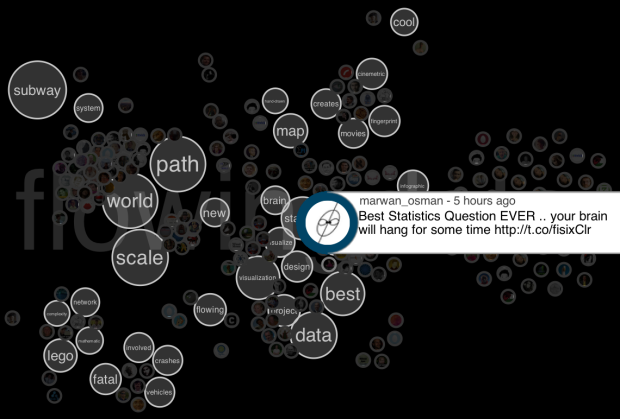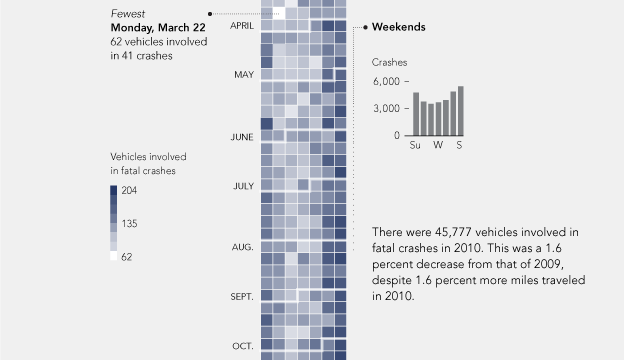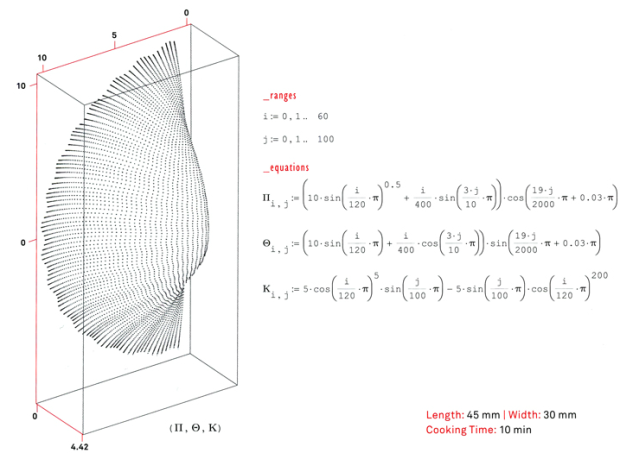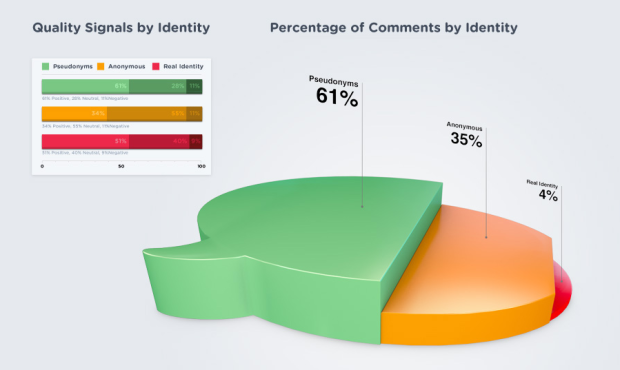If you play darts just trying to hit the bullseye, you aren’t playing for maximum output. Don’t fret though. DataGenetics is here to help with mathematical advice on how to play the game based on your skill level (Update: This is very similar to the dart work by Ryan Tibshirani, et al.):
The optimal strategy for aiming depends on your skill as darts player. A very skillful player should aim for the middle of the triple 20; Much of the time he will hit his target, and the times he misses will be few enough that his average score will still be high.
A very poor player should aim close to the bullseye, as just hitting the board will be an achievement (and a scoring one at that!). Aiming for the center maximizes the chances of hitting something.
But what happens between these two extreme?
I was a kid the last time I threw darts, and I was more interested in throwing them as high as I could in the air watching them stick into the grass. Maybe it’s time to try it the right way.
See also optimal gameplay for Battleship, Risk, and Candyland.
[DataGenetics via infosthetics]








 The New Hampshire results trackers are out in full force tonight. Ordered by my inclination to leave open in the background:
The New Hampshire results trackers are out in full force tonight. Ordered by my inclination to leave open in the background: 


 Visualize This: The FlowingData Guide to Design, Visualization, and Statistics (2nd Edition)
Visualize This: The FlowingData Guide to Design, Visualization, and Statistics (2nd Edition)










